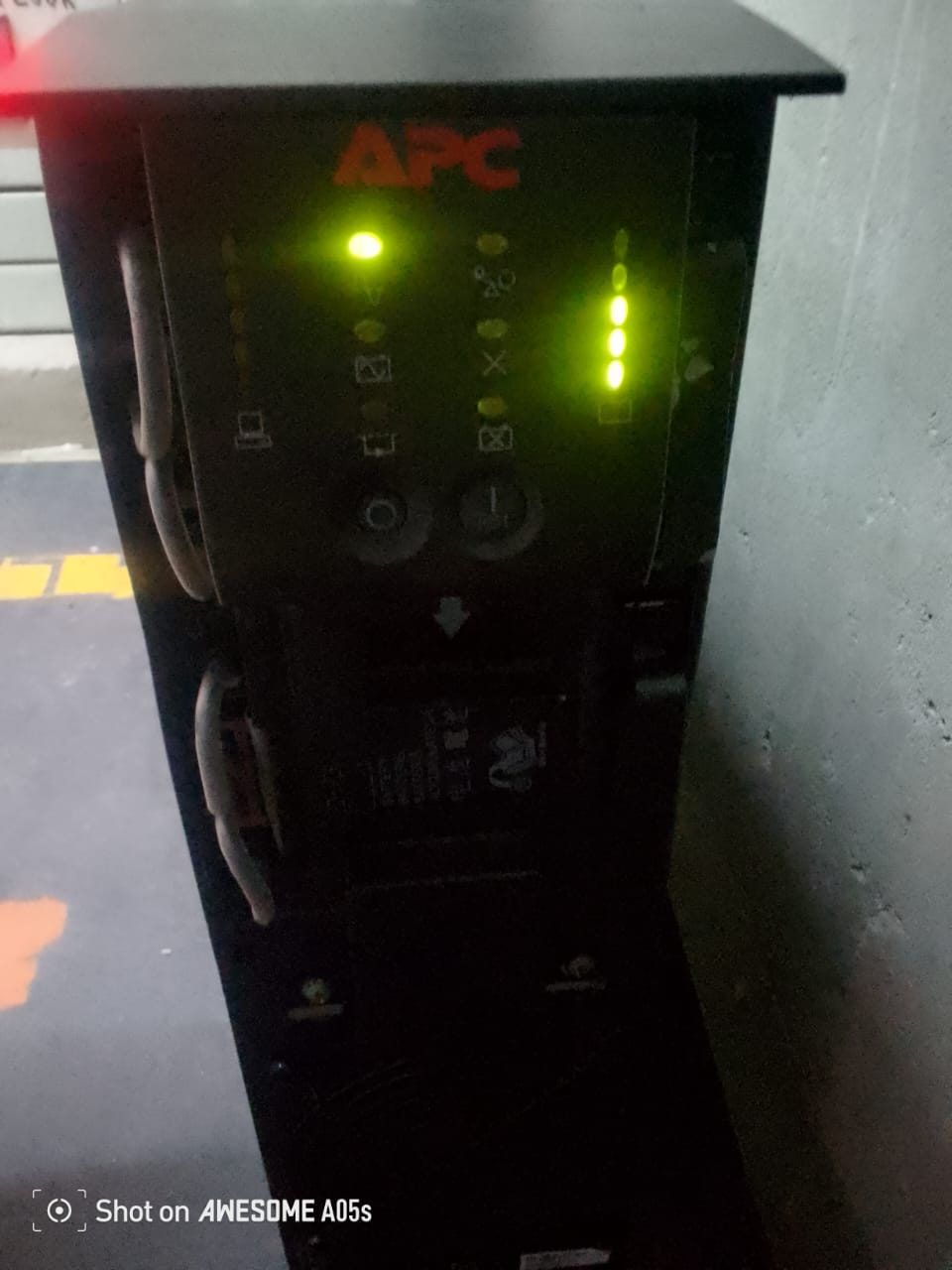The Eaton 5SC UPS is designed for high-end residential, retail, and small business applications, offering reliable power protection. It features power ratings from 500 VA to 1500 VA, pure sine wave output, advanced LCD monitoring, and various connectivity options including USB and serial ports. Key Specifications: Power Ratings: 500 VA to 1500 VA Output: Pure sine wave Connectivity: USB, serial, and relay Battery Type: Sealed lead-acid, maintenance-free Dimensions: Varies by model Weight: Approximately 34 lbs to 50 lbs depending on the model For more detailed specifications and features, you can refer to the Eaton website or the technical datasheets available in the search results. The Eaton 5SC UPS is a reliable uninterruptible power supply designed to protect sensitive electronic equipment in various environments, including small businesses and home offices. Key Features: Power Ratings: Available in multiple configurations, including 500 VA, 750 VA, 1000 VA, 1500 VA Output Type: Pure sine wave output, ensuring compatibility with high-end workstations and storage systems Battery Technology: Utilizes sealed lead-acid batteries with Advanced Battery Management (ABM) technology, extending battery life by up to 50% Connectivity Options: Equipped with USB and serial ports for easy integration with various operating systems (Windows, Mac, Linux) Display: Features an advanced LCD screen that provides real-time information on battery status, load, and operating mode Design: Compact tower style with multiple battery-protected outlets (5-15R) and Automatic Voltage Regulation (AVR) Performance and Reliability: Run Time: Estimated run time varies based on load; for example, a 1500 VA unit can provide over an hour of backup for moderate loads Warranty: Comes with a 3-year warranty on the UPS system and internal batteries, along with a $150,000 load protection guarantee for connected equipment Noise Level: Generally quiet operation due to the absence of a fan, although some users report a low-level buzz from the unit User Experience: Setup: Users find the setup process straightforward, aided by clear instructions and a user-friendly interface Software: Companion software is available for configuration, though some users report it can be glitchy and recommend using built-in OS features instead Customer Feedback: Many customers appreciate the value for money, noting the unit's reliability and performance, while some have raised concerns about battery life and occasional noise during operation
Send Message







